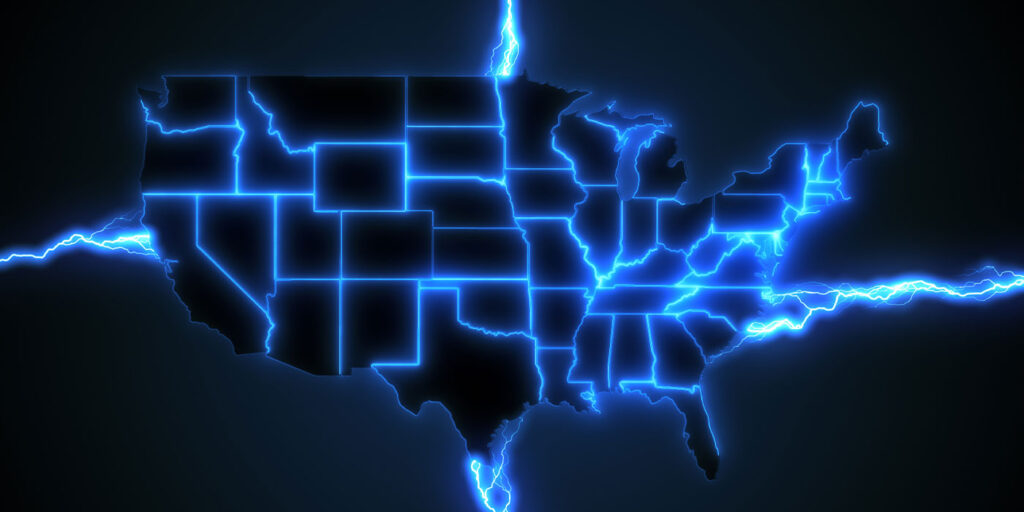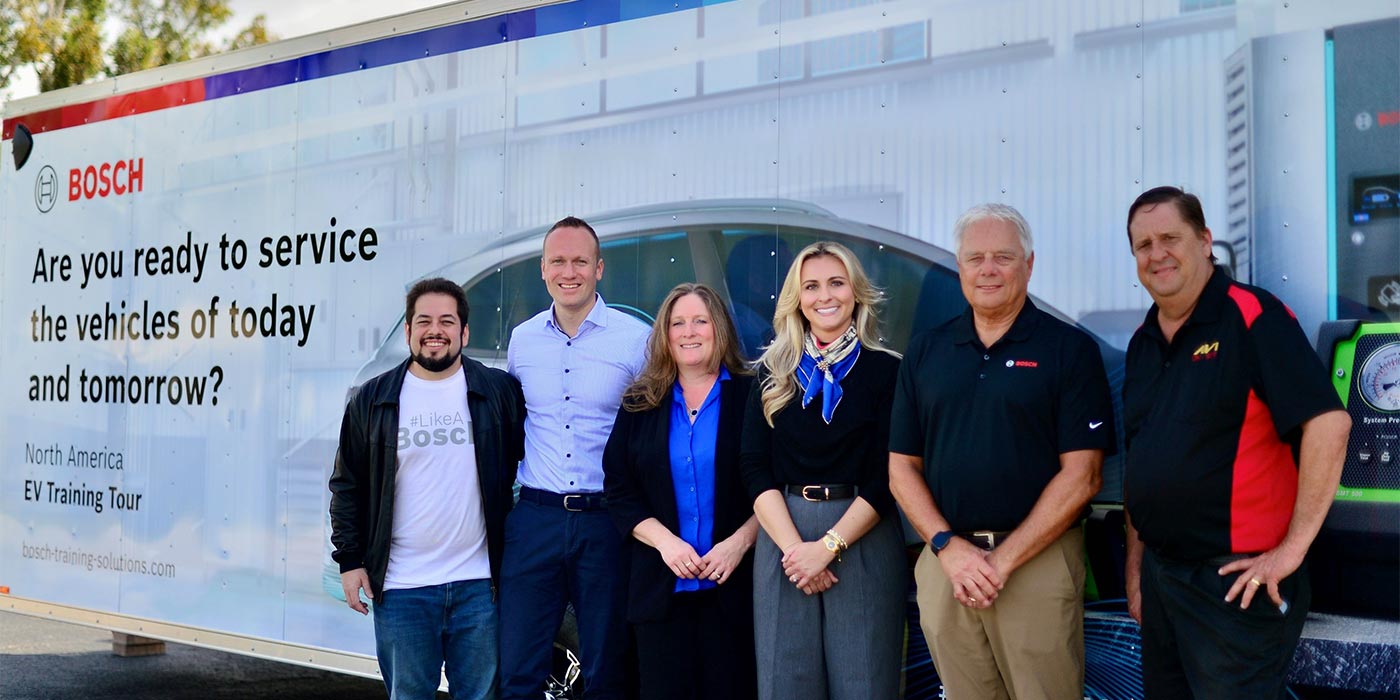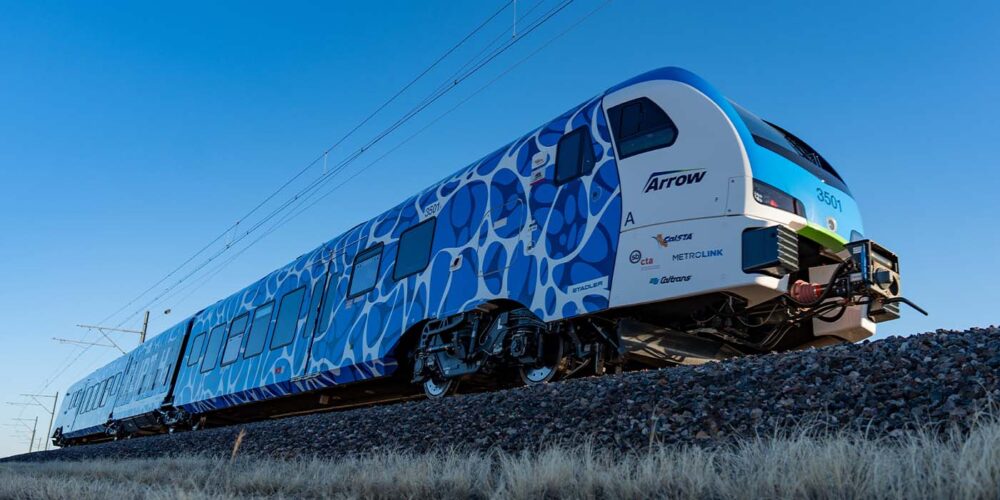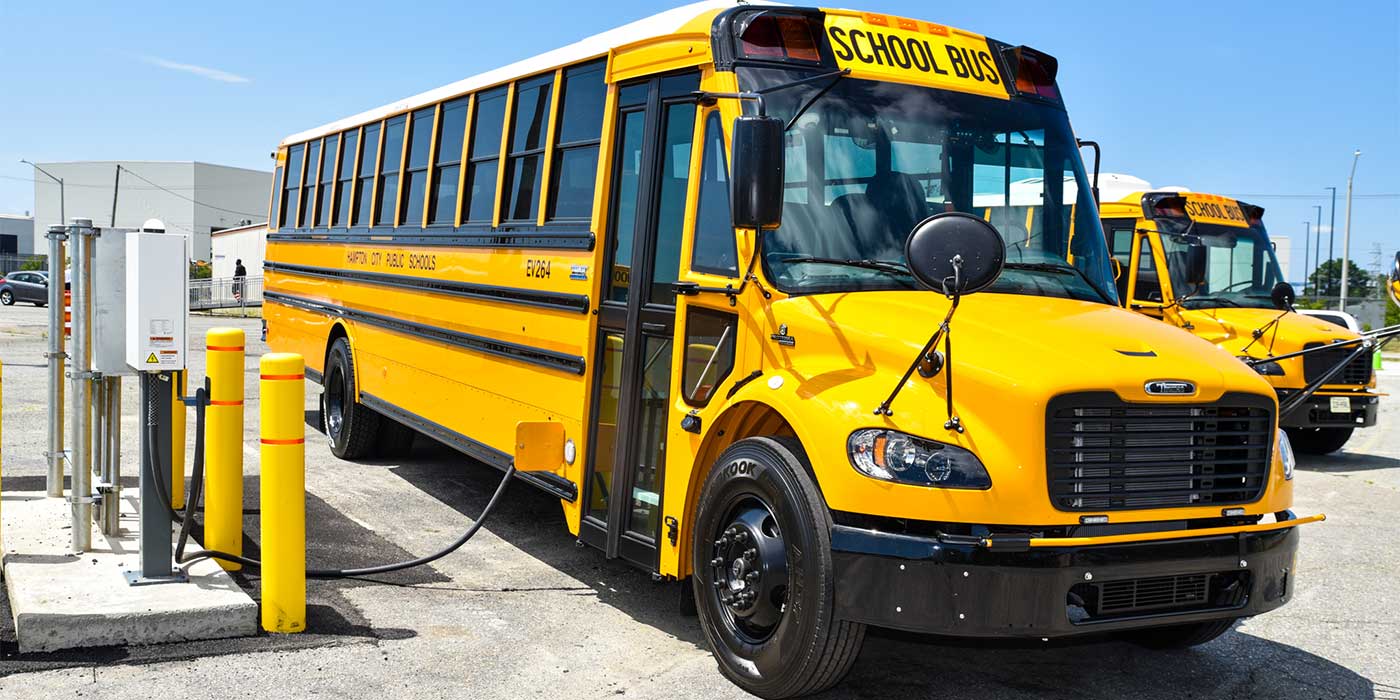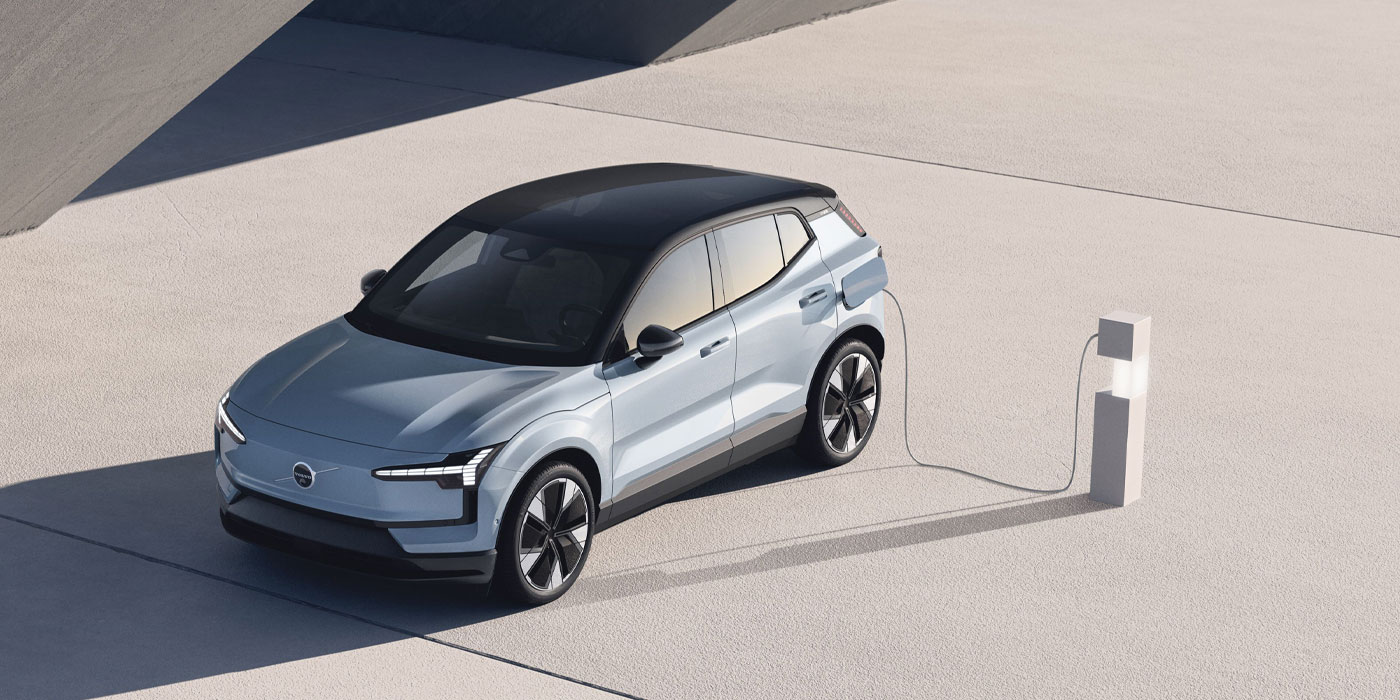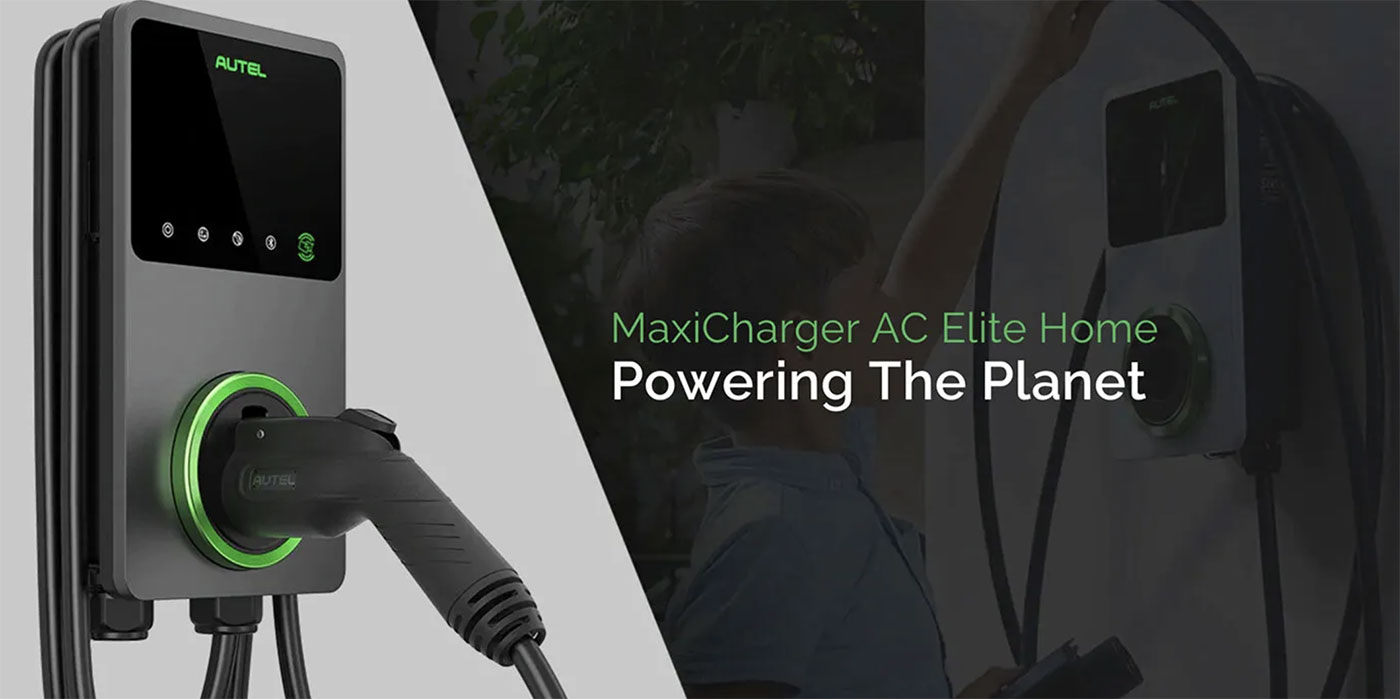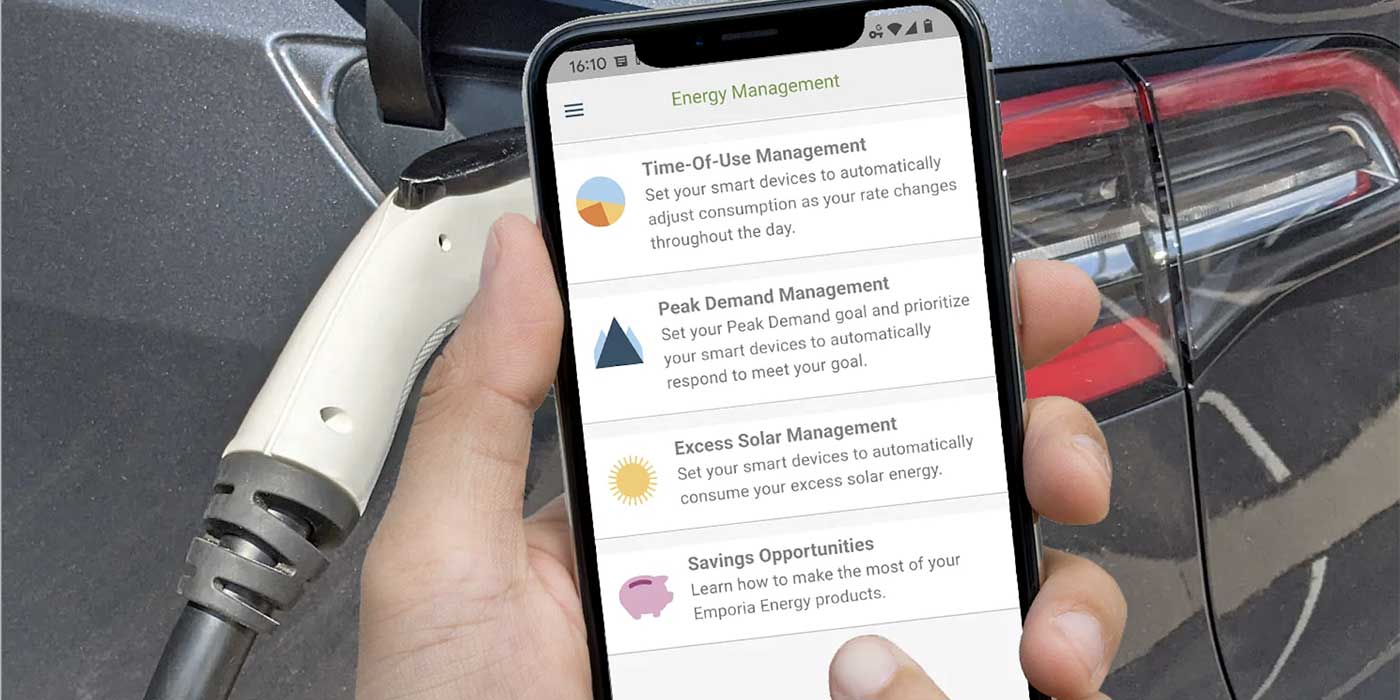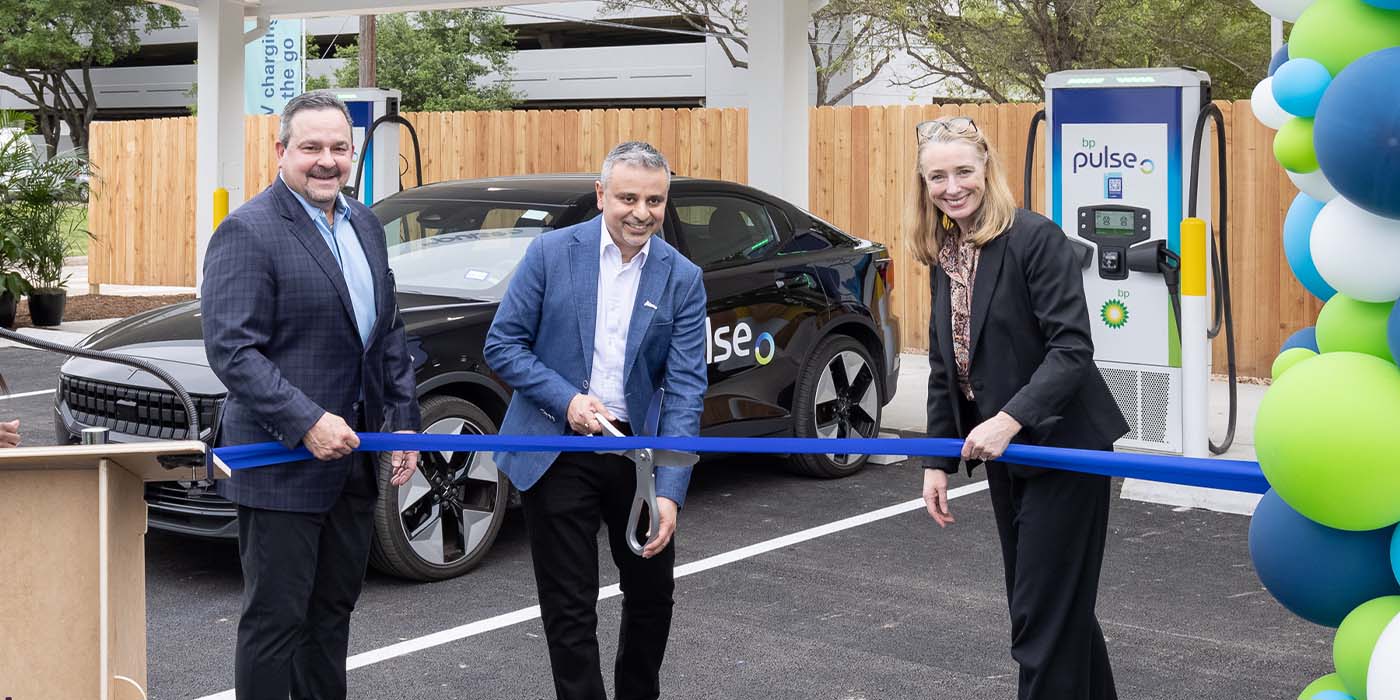Electric vehicle (EV) ownership is on the rise. In 2021, EV sales were up 83% globally compared to the year before. There are also several new policies to further foster EV adoption among both consumers and organizations, including specific incentives in 45 states and the District of Columbia for EV and plug-in hybrid electric vehicles (PHEVs) owners – as well as a $7,500 tax credit incentive from the federal government.
An increased demand in production and an acceleration of sales brings a need to transport EVs quickly, efficiently, safely and securely – and while moving an EV is similar in many ways to moving a traditional ICE (internal combustion engine) vehicle, there are some major differences that shippers must keep in mind to successfully transport EVs.
Hauling EVs

One major difference between an EV and a fuel-based vehicle is weight. Due to the weight of the batteries, EVs are significantly heavier than similarly sized gasoline and diesel-powered vehicles. For example, the electric Volvo XC 40 Recharge is more than 1,000 pounds heavier than its fuel-based counterpart, the Volvo XC 40 – and this weight difference has major ramifications for when EVs are shipped, particularly when they’re delivered via car haul.
Carriers looking to haul EVs must be conscientious of abiding by federal law, which mandates a gross-weight limit of 82,000 pounds. While car haulers certainly want to maximize capacity and move as many vehicles as possible, they also must also compliant while hauling EVs. This results in tighter carrier capacity and a load factor reduction of about 20% for trucks carrying EVs, when compared to trucks hauling fuel-based vehicles of a similar size. With reduced load factor and capacity constraints, transports of EVs often take longer.
An EV’s battery weight also reduces overall load factor and available carrier capacity, and because the battery weight sits at the floor of the vehicle, EVs have a lower center of gravity. This makes EVs more stable and suitable for car-haul transports, compared to fuel-based vehicles, which are front-heavy due to the weight of the engine. This extra stability means EVs are far less susceptible to sudden movements or forces during shipment, which significantly decreases the odds for damage or wear-and-tear during transport.
Driving EVs
There’s a new learning curve when it comes to operating EVs, and drivers must be aware of their specific needs and features, especially when it comes to preserving the quality and range of the battery.
For instance, drivers of traditional ICE vehicles can let the fuel tanks get close to empty before filling up – but it is not advisable to let an EV’s battery get close to zero charge. EVs should typically hold between a 20-80% range whenever possible, and drivers should also avoid extremely high states of charge (SoC) – the level of battery charge relative to its capacity – which can further put stress on the battery or shorten its life. It’s also critical that EVs be left out of extremely hot or cold temperatures whenever possible, as these can severely impact a battery’s range and even cause degradation over time. Ultimately, if an EV battery degrades too much, it loses its capacity and cannot hold the full amount of charge it was originally designed to hold.
Because EV-charging stations are, right now, less common than gas stations, drivers need to plan and map out ahead of time locations to charge their vehicle. This is even more important in rural areas, but with the recent passage of the Infrastructure and Investment Jobs Act into law, billions of dollars are being allocated toward building EV-charging stations and related infrastructure across the United States, including in less-populated areas – which should make the process of finding charging stations and recharging EVs more straightforward. Additionally, depending on the specific transport route, drivers may also need to have their own portable chargers with them to sustain the battery’s ideal range.
There are several steps drivers can follow to boost an EV’s battery range while also protecting the battery’s condition. These include best practices such as:
- Driving under 60 mph whenever possible;
- Keeping tires properly inflated;
- Pre-cooling the vehicle or just leaving the fan on during hot weather;
- Reducing heater use in cold weather;
- Timing a charge, and unnecessarily leaving EVs plugged-in, and;
- Leveraging the energy-recovering regenerative brake function whenever coming to a stop.
Logistics Designed for EVs
Strategic and effective logistics are critical when it comes to transporting EVs, and logistics specifically for EVs can be multi-layered, with subtle complexities that require advance planning and considerations.
When transporting EVs either by car haul or drive away, the professionals moving the vehicles must ensure the vehicles are kept out of extreme weather or elements, and that the batteries are kept in top condition. Carriers and drivers must have access to EV-charging infrastructure, as well as portable chargers, to ensure EVs are kept at the proper charge throughout the journey.
Additionally, many companies are looking to temporarily store EVs, often with the goal of having assets repaired, detailed, charged or reconditioned while in storage. Covered and climate-controlled storage facilities are most ideal for EVs, as they keep their batteries out of the extreme heat or cold. Beyond this, title-and-registration and compliance are critical aspects of ensuring EVs are road-ready and that EV fleets can stay in motion. Oftentimes, this work can be executed while vehicles are in storage or en route.
Having an EV logistics plan that’s customized to each respective business and its unique needs will put shippers in the best-possible position to keep their EVs in motion. A trusted, expert provider can help navigate supply-chain hurdles or disruptions, while ensuring to also address the specific needs of transporting, storing and maintenance of EVs.
As executive vice president, fleet services at ACERTUS, Rich Pinnock focuses on global initiatives including proprietary technology development, as well as having P&L responsibility of the driveway and compliance service lines.

